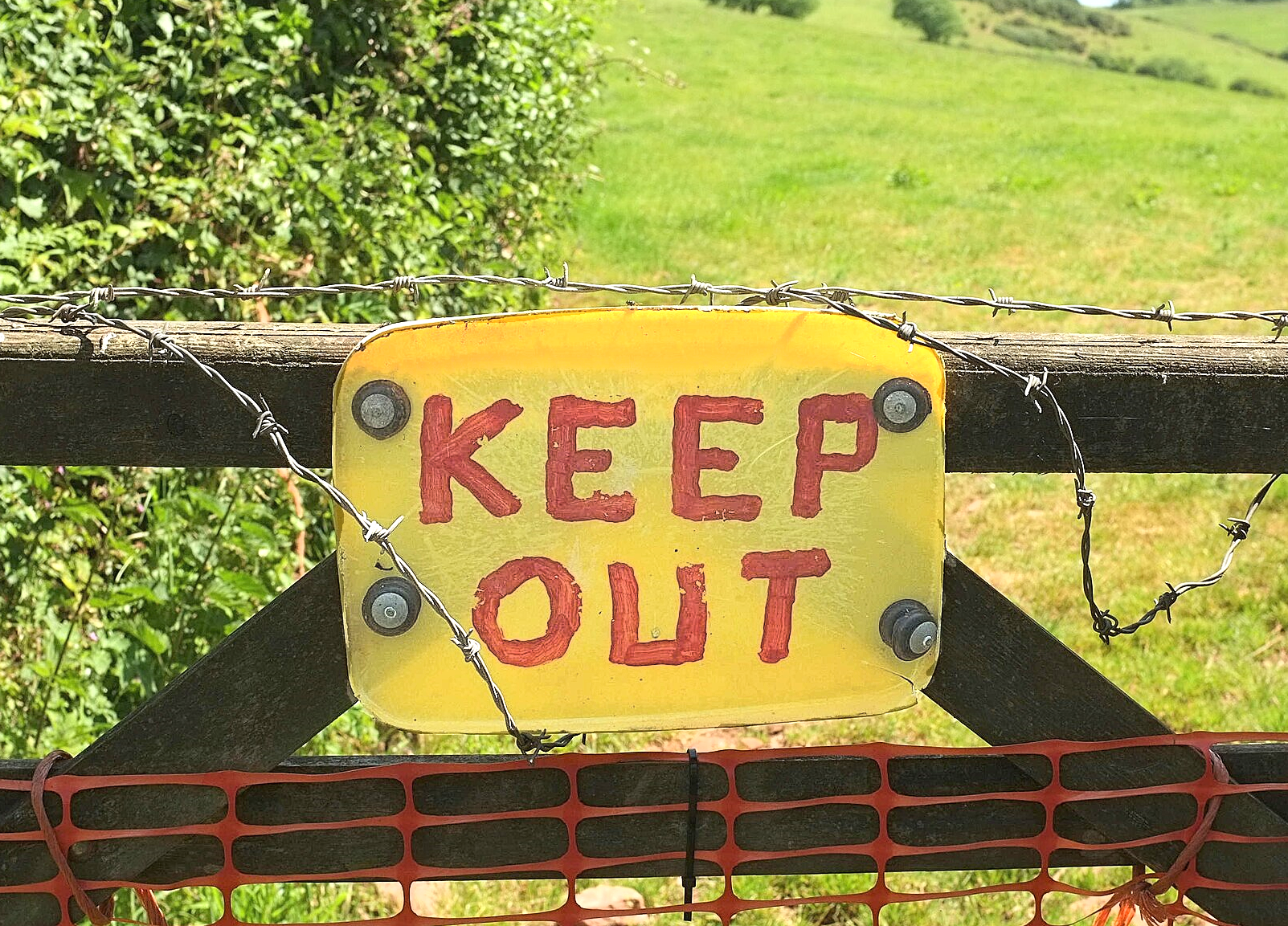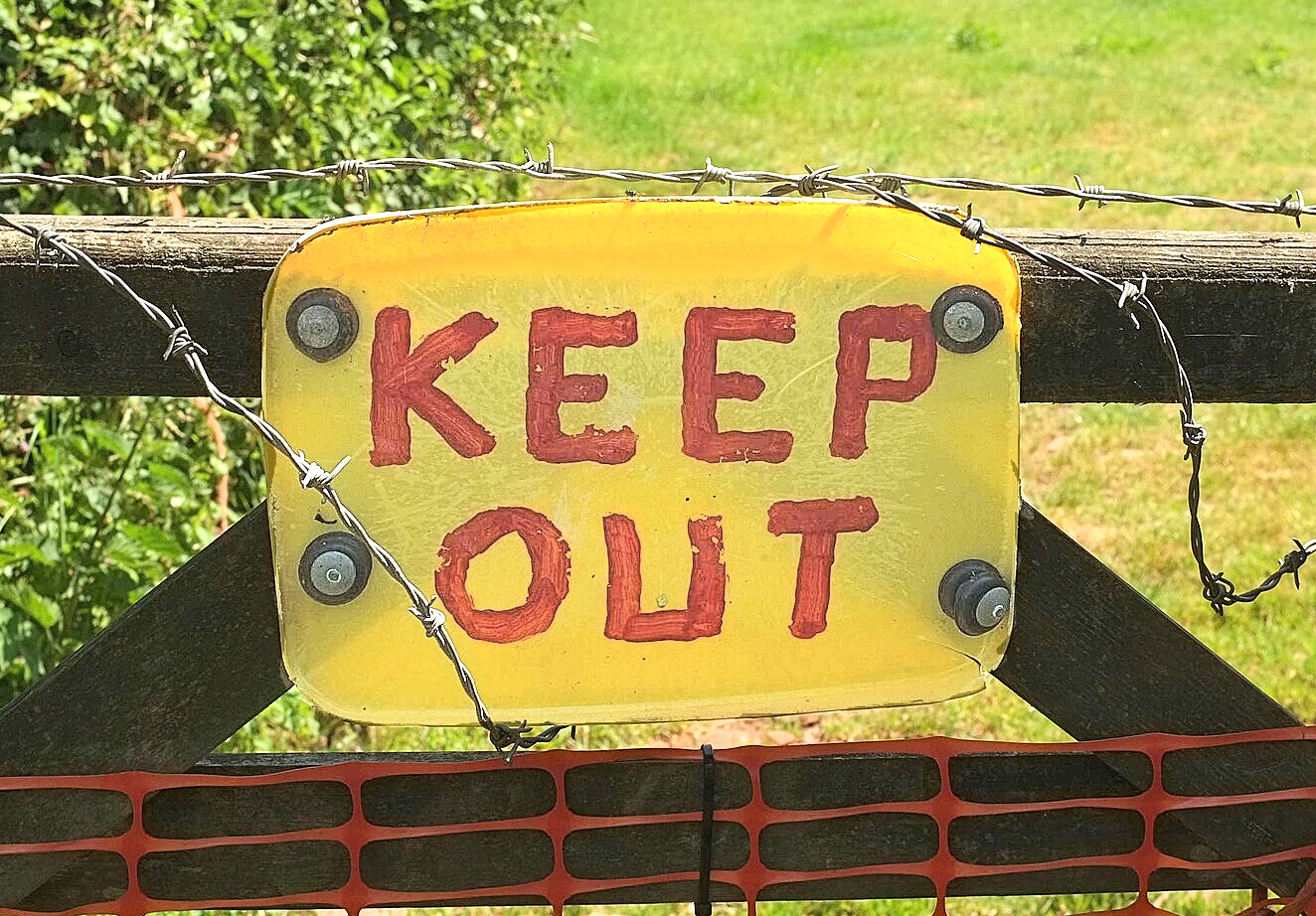Current e-Journal
-

September 16, 2025

Are you EXCLUDING your community from your planning?
In this week’s Systems Change Newsletter…
- Invitations and Announcements
- Catalytic Thinking Exercise: Are You EXCLUDING Your Community from Your Planning?
- Resources to Further Your Practice
New Webinar: Stepping Into Your Power in Unsettling Times
If you are feeling uncertain and anxious these days, you are not alone. Between threats to nonprofits and threats to vulnerable folks in our communities, those of us doing community benefit work are feeling whipsawed by the ongoing barrage. Creating the Future is therefore hosting a special webinar, to help us all step into our power in these unsettling times. Inspiration and practical tools…
Creative Collaboration
Nobody does collaboration quite like The Patterson Foundation. Laundromat literacy programs. Restaurant mentorship programs. The foundation’s CEO Debra Jacobs shares story after story of innovative ways to build relationships that create change. Listen here…
Federal Funding, Disaster Relief, and Undocumented Folks
U.S. nonprofits: If you do any form of disaster relief (perhaps a food bank or healthcare provider who pitches in when disaster suddenly hits your community), listen up: The Department of Homeland Security is now barring you from helping undocumented immigrants, EVEN IN THE MIDDLE OF A DISASTER. This will create so much harm. More info is here. Have your board members (not just your CEO) contact your Congressional representatives . Find your reps here…
Catalytic Thinking Exercise:
Are You EXCLUDING Your Community from Your Planning?
When your organization crafts the plans that will guide your work, who gets to make those decisions?
In most organizations, the answer looks something like this:
We gather board and key staff. Perhaps we do some community surveys or focus groups, often outsourced to a consultant. At its most inclusive, all staff is involved. At its least inclusive, not even the whole board is involved – a committee of the board creates the plan that a) everyone in the organization is then expected to follow, and b) will affect everyone in the community.
Five people, maybe ten, will make decisions and plans that will affect thousands, perhaps millions of people.
There is a better way. That better way is about true inclusion, rooted in the phrase that began as the rallying cry of the disability rights movement:
Nothing about us without us.
We all like to think of our organizations as inclusive and engaged. But leaving people out of decisions that directly affect them is the opposite of inclusive. It is EXclusive.
It is so uncommon for community members to be among the decision-makers in organizational planning that when we mention it to folks, their most common refrain is, “How would we even do that?” Here are just a few examples:
A food bank showed how it’s done when they asked all their partner agencies to gather all THEIR clients. Instead of facilitating planning conversations with just their board, they facilitated those conversations with the people who were most closely affected by their work – down to having those community members prioritize which goals to tackle first.
We saw the same thing several years ago at Creating the Future, as we were determining what’s next for our own mission. We asked you – our community members – what was important to you and what you thought our work could make possible. We then asked you to help synthesize the core themes that were important for us to act upon.
In both cases, the decisions were made by those most closely affected by those decisions. From there, the organizations’ job was to turn the community's aspirations into action.
“We know what’s best for you” is the opposite of “Nothing about us without us.” In addition to being patronizing and disempowering, it is also the direct road to unintended consequences - the consequence of moving forward without involving the people who will be affected.
So then, what would it take for your plan to be driven by your community?
Try this:
The first set of questions in Catalytic Thinking is this:
- Who will be affected by your plan? Whose lives are touched by the work you do?
- What would it take for those individuals to have an active role in your planning? What would it take for them to lead the direction you take?
As you ask these questions of your own work, your list will likely start with categories. Teachers. Farmers. Elected Officials.
But you can’t engage a category; you can only engage people. So start making lists of people you know, who fit those categories. (There is a great tool for that in the Resources section below).
The next step is to simply ask and listen. Ask the same questions you would ask your board in a traditional planning session. The great thing about applying Catalytic Thinking to your planning is that the questions are about things that anyone could answer. You don’t need to know the inner workings of an organization to answer…
- Who will be affected by our work?
- What could our work make possible for all those individuals and groups?
- What would our community look like if our work were 100% successful?
- What needs to be in place for that to be reality?
In the Resources section below you’ll find the questions Creating the Future asked during our own engagement efforts, as well as the answers people gave. There was no need for knowledge of our inner workings, just knowledge of the impact our community members hoped we would create.
Unlike a multiple-choice survey, you will want people to be able to respond fully, to share themselves – to truly engage in whatever way is most comfortable for them (vs. what is easiest for you.)
In a demonstration project Creating the Future did with the Nevada Department of Education, NDE’s team held listening sessions for all 200 staff. They gave folks the opportunity for written responses, group conversations, one-on-one conversations. The superintendent even did Coffees with the Chief, a direct conversation with the boss.
In our own engagement efforts, we asked folks to respond in writing, in small group conversations, in listservs, in our board meetings. And we listened through the lens of Catalytic Listening – listening for their aspirations, their strengths, their values.
These simple steps can help you put “Nothing about us without us” into action. You will be creating more radical inclusion in your work, taking steps to ensure that your plan can create the most impact possible in your community.
That is the power of “we are the ones we’ve been waiting for.” And that is why these inclusion questions are the very first questions in the Catalytic Thinking framework.
Resources to Further Your Practice
- DOWNLOAD: This tool will help you identify the people who can kick off your engagement efforts. Download it here…
- TOOLS: You’ll find all the details of our engagement efforts – including a grab bag of resources you can use right now – at this link.
- LEARN: Our October webinar includes a brand new video class on Radical Inclusion. As always, that webinar is pay-what-you-can, so come join us…
Help Keep Our Programs Freely Available
Creating the Future’s eJournal is free. And there are no financial barriers to our classes – tuition is whatever folks can afford. Because we never want money to stand in the way of people learning.
If you value our content and our approach, please donate here – and please consider becoming a monthly supporter of our work.
eJournal Archives:
If you’re new to our eJournal, or just want to remind yourself of past practice exercises we’ve shared, check out our eJournal archives here.
SUBSCRIBE
to get this e-Journal
Creating the Future is a 501(c)(3) tax exempt organization in the U.S.A


